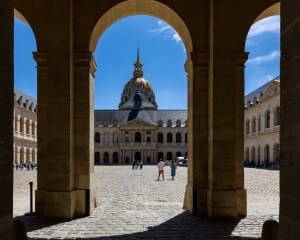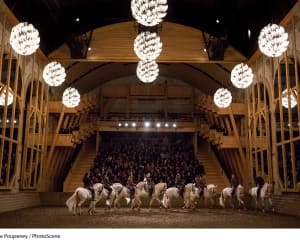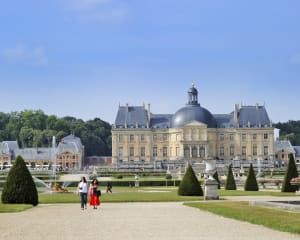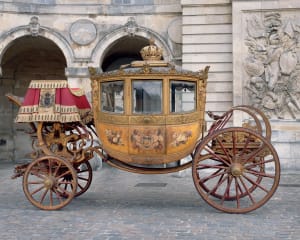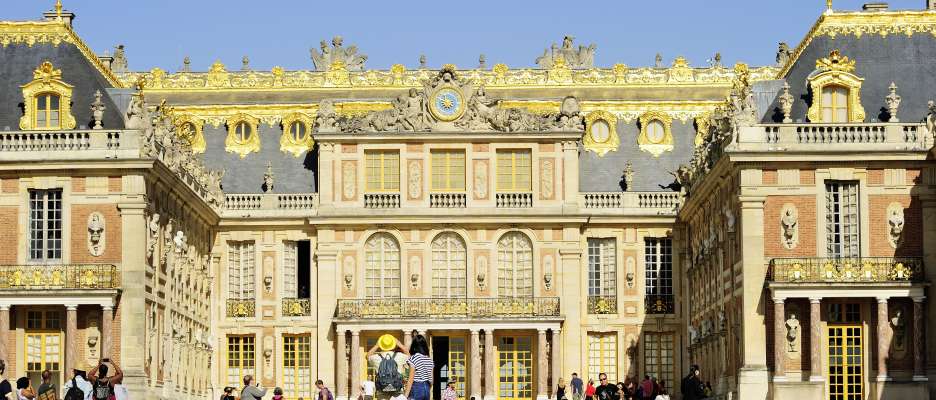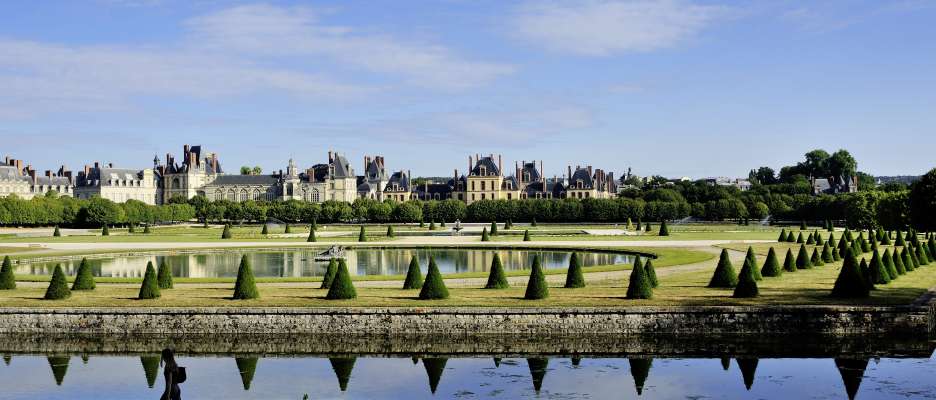Follow in the footsteps of Louis XIV
- Inspiration
- Themed guides
- Follow in the footsteps of Louis XIV
The Sun King left a deep mark on the history of Paris and its region. Each of the many facets of this illustrious figure has left a legacy preserved to the present day. Go and explore this priceless heritage, its castles, its gardens…
Louis XIV and the Palace of Versailles
The Château de Versailles is intimately linked to Louis XIV. Throughout his long reign, he never ceased to transform this hunting lodge into a palace of excess, a reflection of royal absolutism. Expect a real aesthetic shock!
The Sun King surrounded himself with the best artists of his time such as Le Nôtre for the French gardens but also Le Brun and Le Vau for the architecture of the place and its magnificent decorations.
The Hall of Mirrors is one of its main jewels. 73m long, decorated with marbles and frescoes, its 357 mirrors made it the envy of all the courts of Europe.
The visit of the royal apartments will plunge you into the intimacy and majesty of the master of the place. Take advantage of the guided tours offered by the castle upon reservation to discover little-known and secret areas usually closed to the public.
Louis XIV, garden lover
It was during the reign of Louis XIV that the style of the “French garden” took on its full scope with the famous master André Le Nôtre and the design of the gardens of the châteaux of Vaux-le-Vicomte and then Versailles.
You will also find very beautiful examples of this in the Château de Fontainebleau, the Château de Saint-Germain-en-Laye and the Domaine de Sceaux.
Water in all its forms was also one of the hallmark ornamental features in these gardens. Louis XIV was extremely proud of the amazing spectacle produced by the 2,000 or so water jets in the gardens of Versailles back then.
And you’ll still be captivated today by the Musical Fountains Show and the Fountains Night Show with their delightful combination of fountain water jets, music and fireworks.
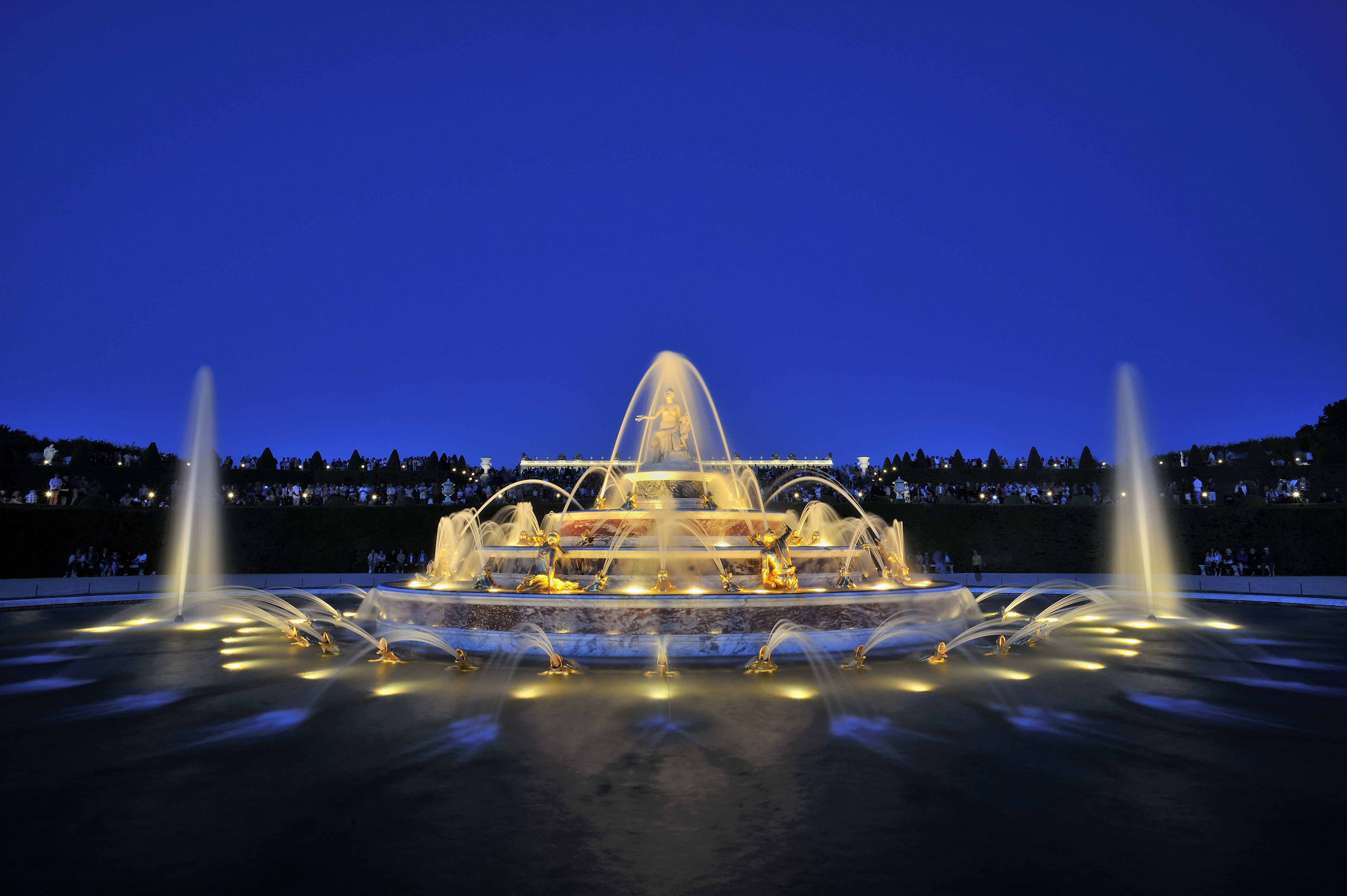
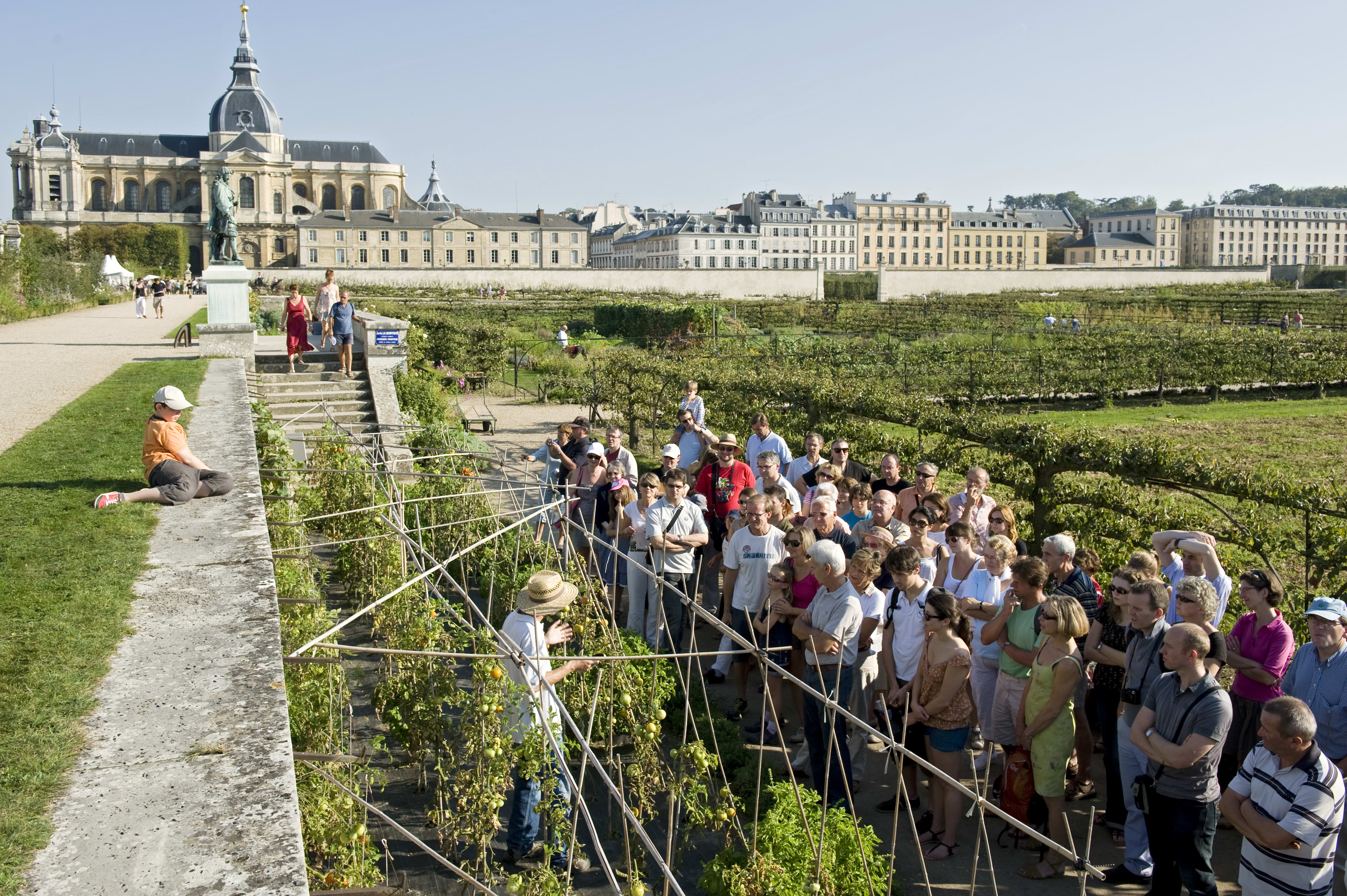
Versailles would not have been complete without an evocation of paradise, a garden of delights, which is why Louis XIV decided to create the King’s Kitchen Garden, to provide the royal table with fruit and vegetables.
Open to the public, the King’s Kitchen Garden preserves old-fashioned pruning traditions with over 60 different shapes of fruit trees and sells its produce on-site.
Louis XIV, a great lover of the arts
Louis XIV loved paintings and literature, dancing, music and acting, and throughout his reign constantly promoted the arts by surrounding himself with the best artists of his time.
The King was a patron and protector of artists such as Molière, Lully and Racine, and was responsible for the creation of La Comédie française, the Gobelins Royal Manufactory and the Royal Academy of Dance which evolved over the years to become the Paris Opera that we know today.

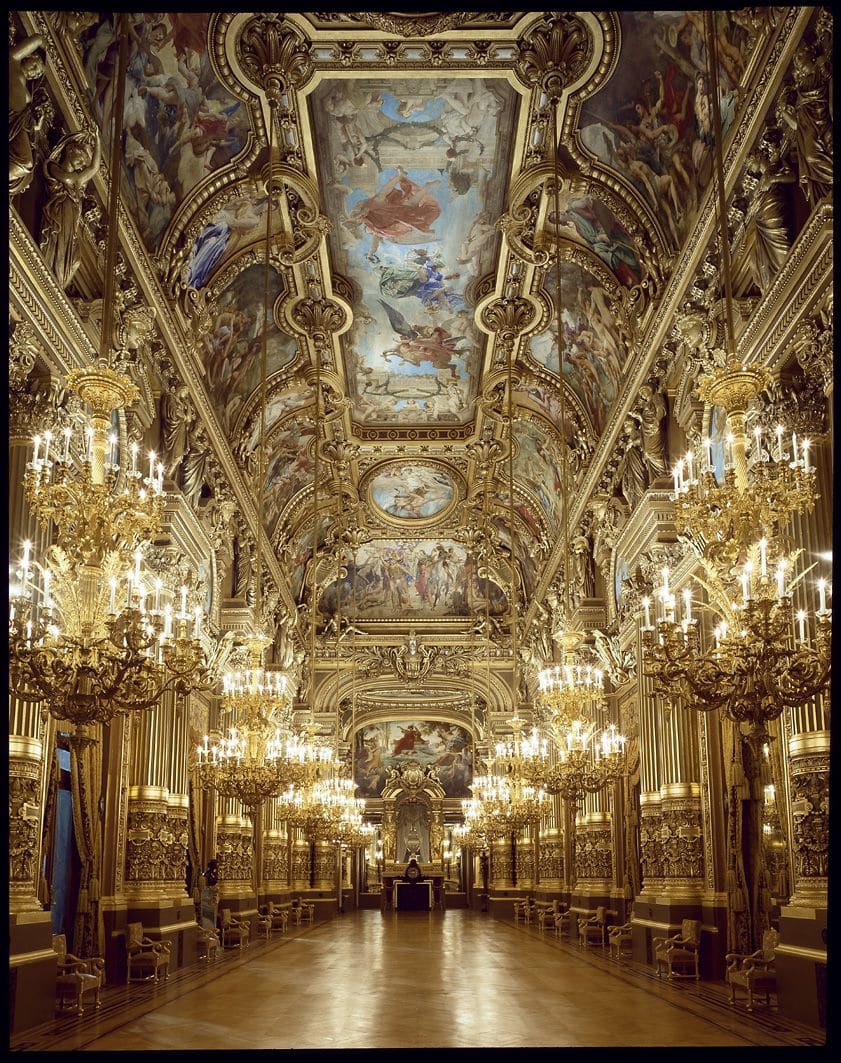
Baroque music concerts, ballets and operas which he enjoyed so much are still performed in the majestic setting of the Royal Opera of Versailles as well as the Royal Chapel.
The remarkable creation of Charles le Brun, then first painter to the young king, the Apollo Gallery in the Louvre Museum served as a model for the Hall of Mirrors at Versailles and is a masterpiece featuring 41 paintings, 118 sculptures and 28 tapestries embedded in the vaulted ceiling and wall decorations. It was first designed as a receiving hall for Louis XIV at the Louvre palace; now it is the sumptuous setting for the French Crown Jewels display.
Louis XIV, the soldier king
“I have loved war too much” - the last words of the man who ruled over France for more than 70 years.
The Battles Gallery inaugurated in 1837 at the Palace of Versailles and the Place des Victoires in Paris where the statue of the Sun King still stands are enduring symbols of his diplomatic and military successes.
The Musée des Plans-Reliefs, within the Army Museum, holds a unique collection of historical models retracing over 200 years of military history, including those commissioned by Louvois who was then Louis XIV’s Minister of War.
In the Navy Museum, the stern of the galley ‘La Réale’ takes pride of place, miraculously preserved against the ravages of the sea and time and so typical of ship decorations in the age of the Sun King (the museum is currently closed for works).

As sovereign protector of his soldiers, Louis XIV created an institution in 1670 to lodge wounded, elderly or destitute soldiers and officers.
Today, the Hôtel des Invalides is home to the Army Museum, one of the greatest military history and art museums in the world.
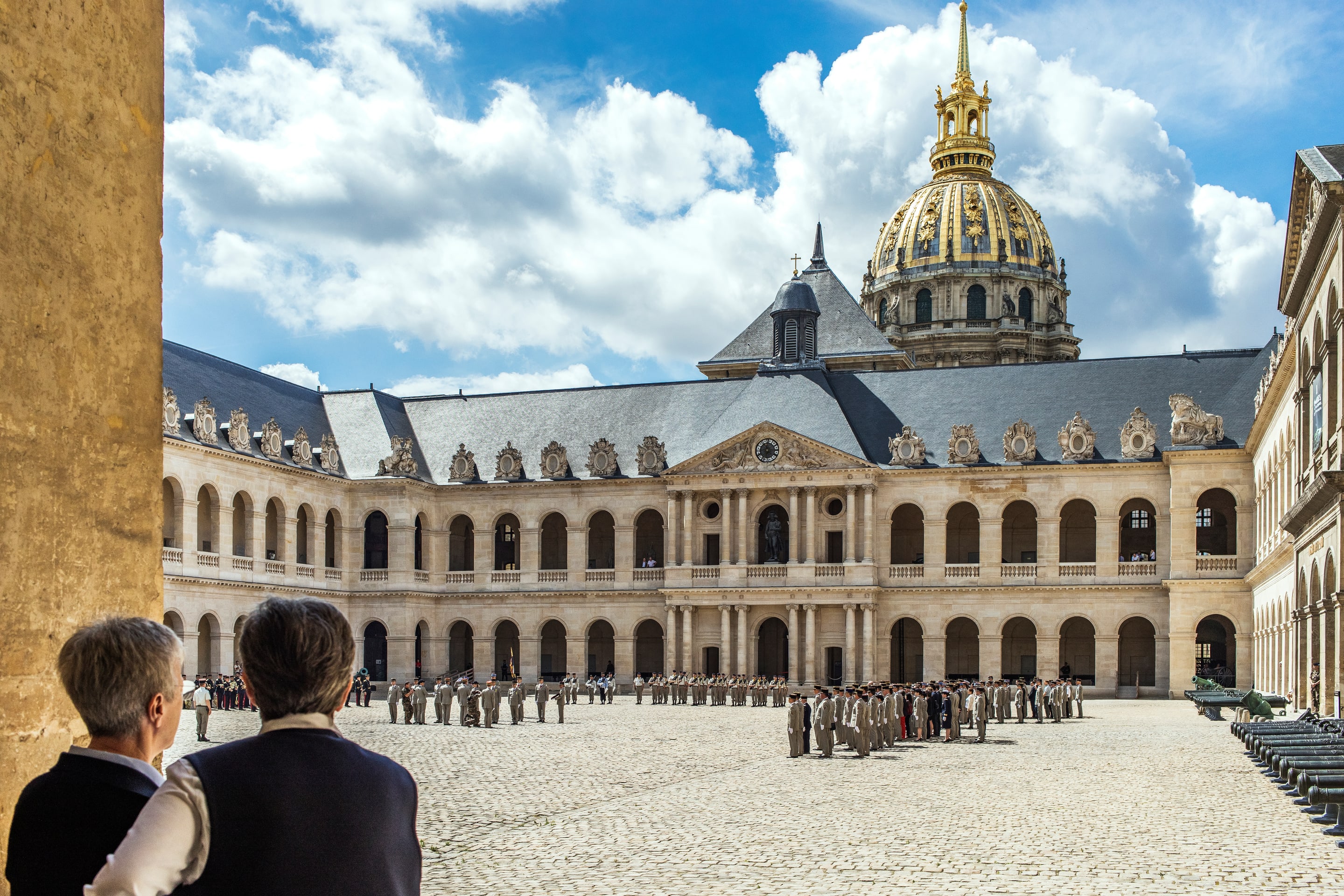
Jules-Hardouin Mansart engineered the Place des Victoires and also built the stables at the Palace of Versailles. Today these stables house the Equestrian Academy of Versailles headed by the famous horseman and director Bartabas, whose teaching and shows are a true ode to the Grand Siècle.
Also on the ground floor of the Great Stables is the Coach Gallery and its unique collection of magnificent ceremonial carriages.

Louis XIV and gastronomy
The 17th century, which has gone down in history as one of the greatest, was also a great era for culinary arts.
Synonymous with France’s expert skills and art of living, great companies formed in the days of Louis XIV like Dalloyau and tea purveyor Dammann are still producing delicious fare to this day.
Other brands are reviving or putting twists on recipes from the Sun King’s era. In Versailles, for example, La Varenne offers sweet treats passed down from the court of the kings of France.
Did you know that La Varenne, a private chef to Louis XIV, is responsible for inventing ‘Napoleon’ pastry? A royal delicacy!
Louis XIV and the Basilica Cathedral of Saint-Denis
Louis XIV was born in Saint-Germain-en-Laye in 1638 and passed away in 1715. His remains now lie in the Basilica Cathedral of Saint-Denis, a Gothic masterpiece and the final resting place of the kings and queens of France.

Follow in the footsteps of Napoleon Bonaparte in Paris Region.
Our selection
You might also like
- Copyright image: Jarry-Tripelon, CRT Paris Ile-de-France





